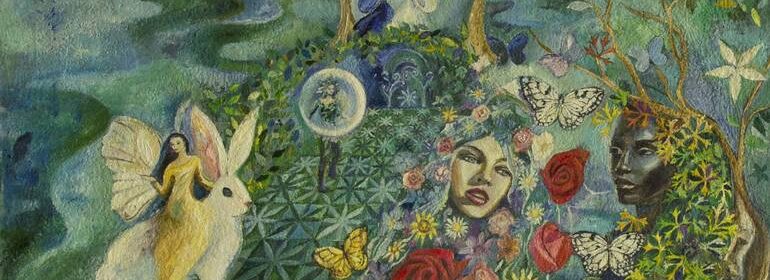BunPeiris’s Lecture Series, Part 2: Romeo and Juliet: love and conflict

bunPeiris’s lectures 2; Romeo and Juliet: Love and conflict How does Shakespeare introduce the themes of love and conflict in Act 1, Scene 5 of Romeo and Juliet?
Read more


